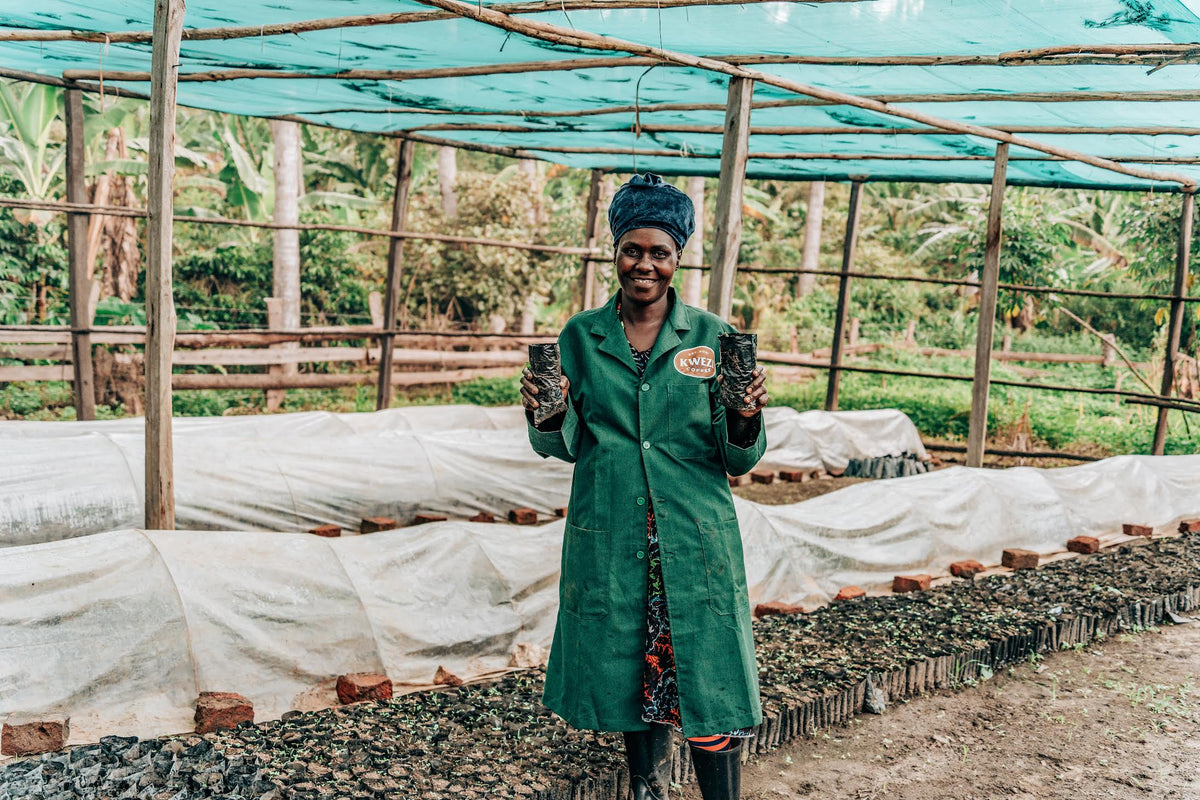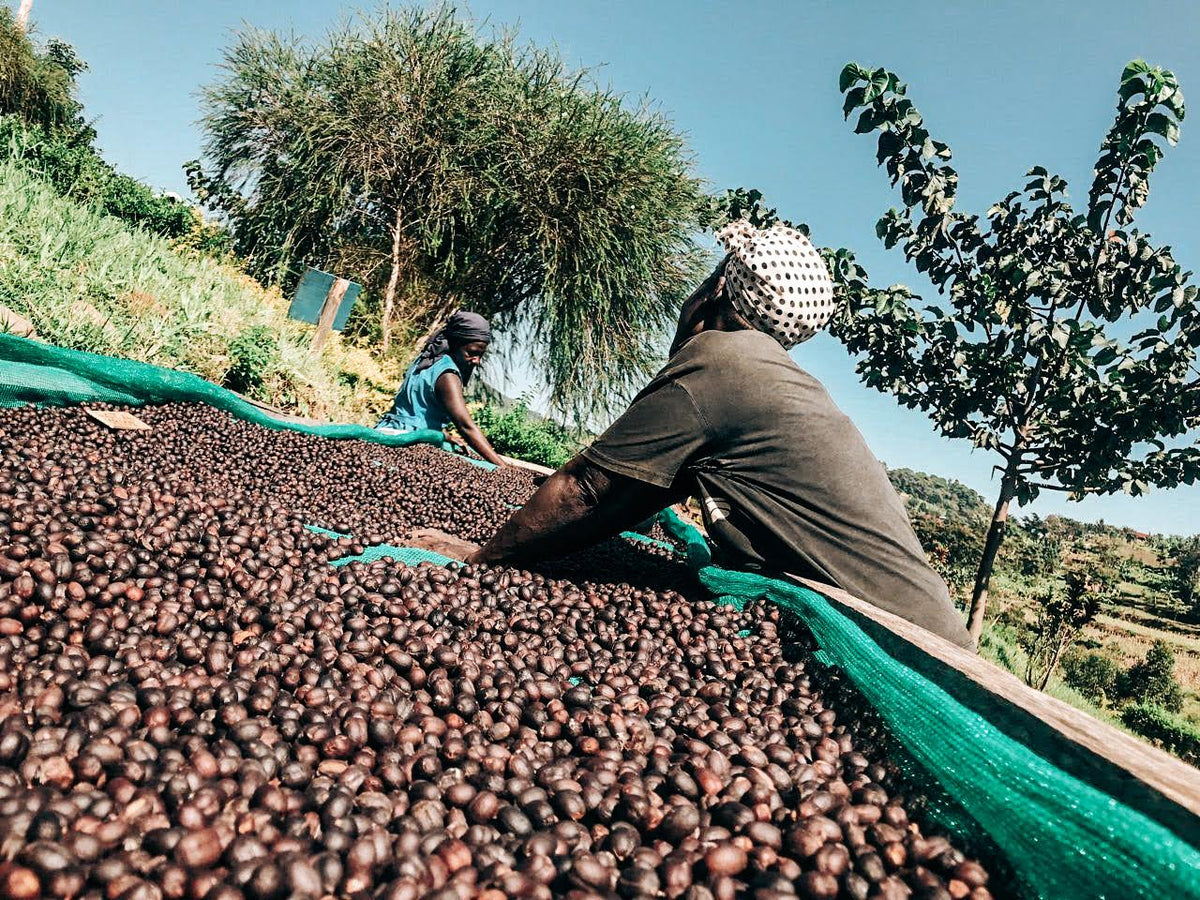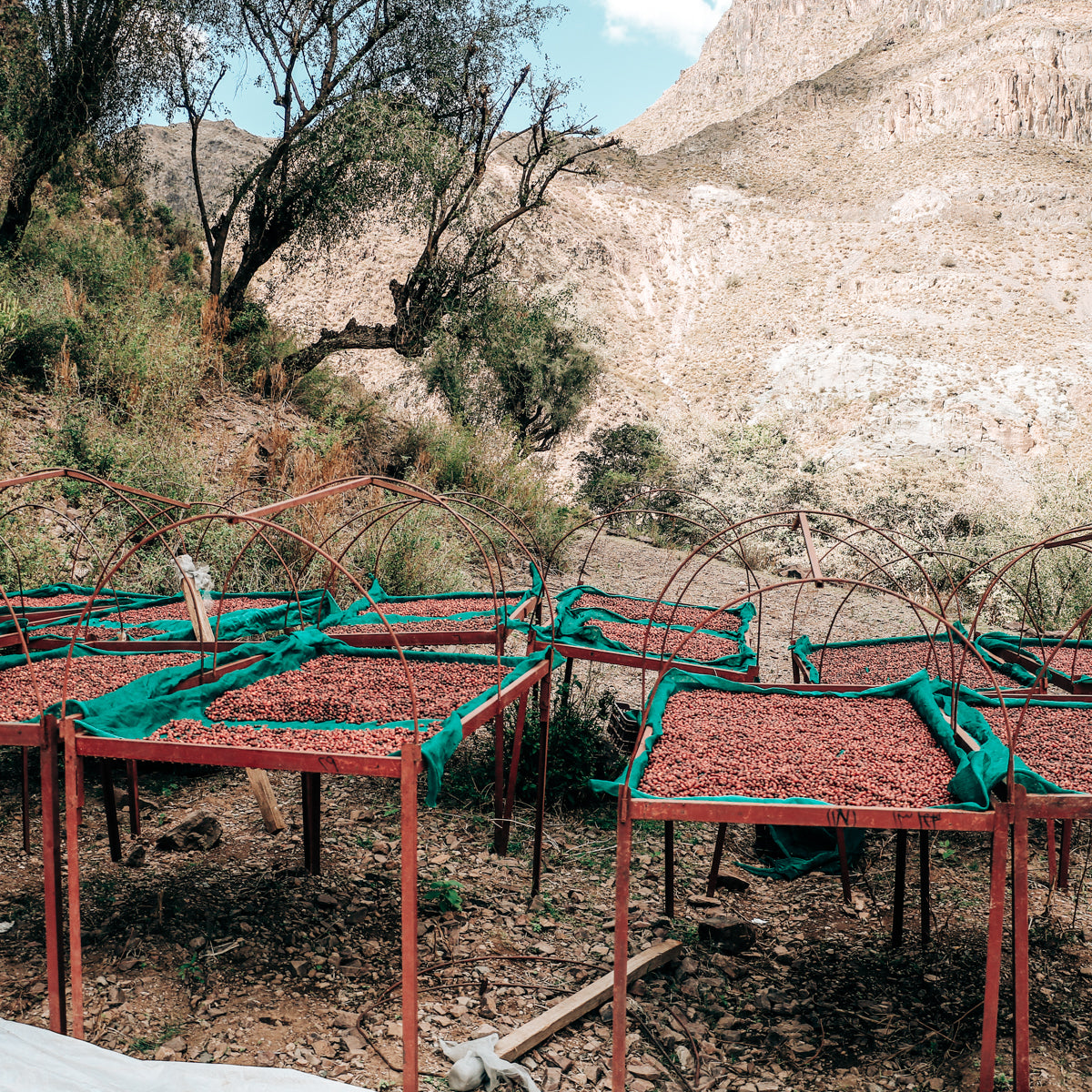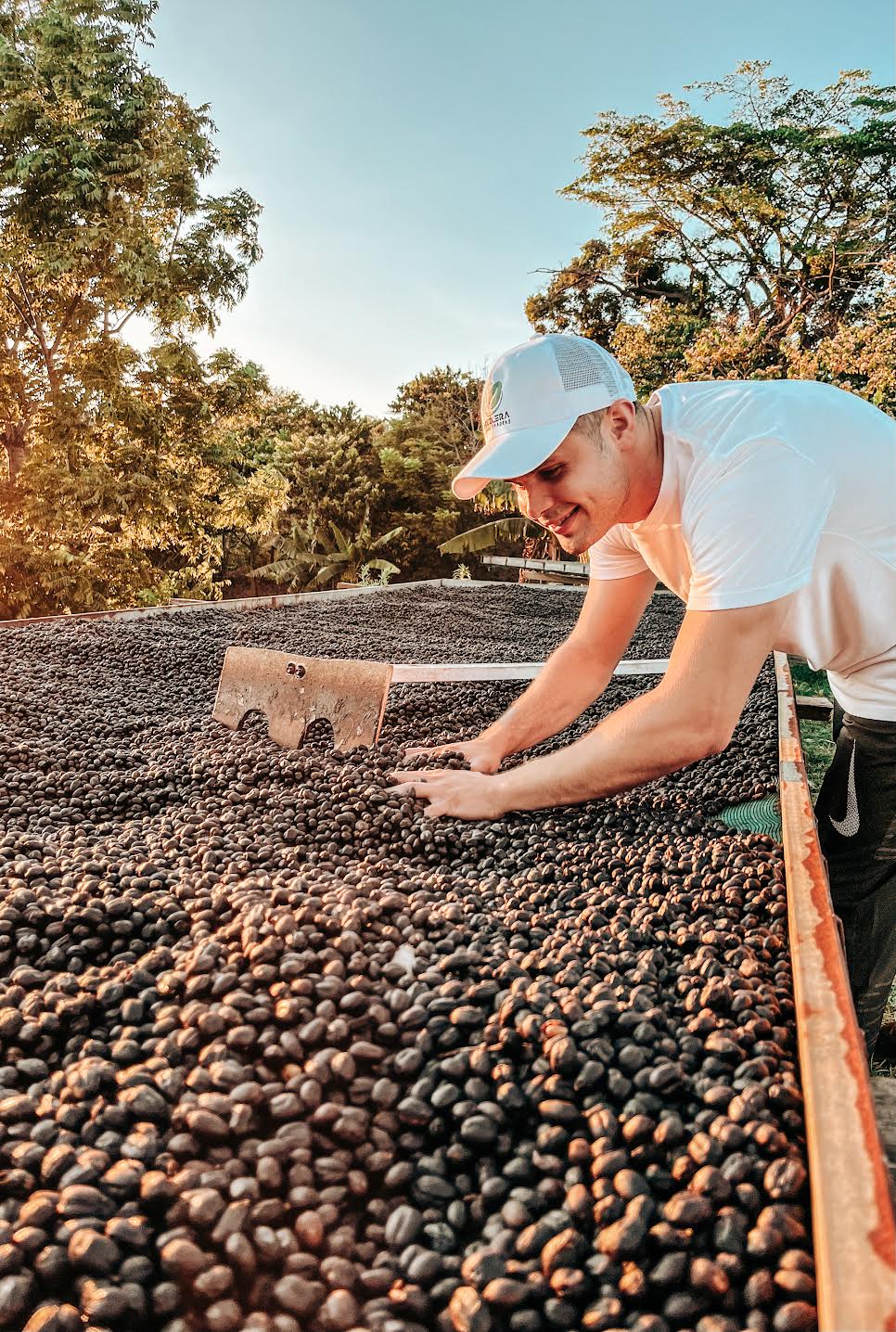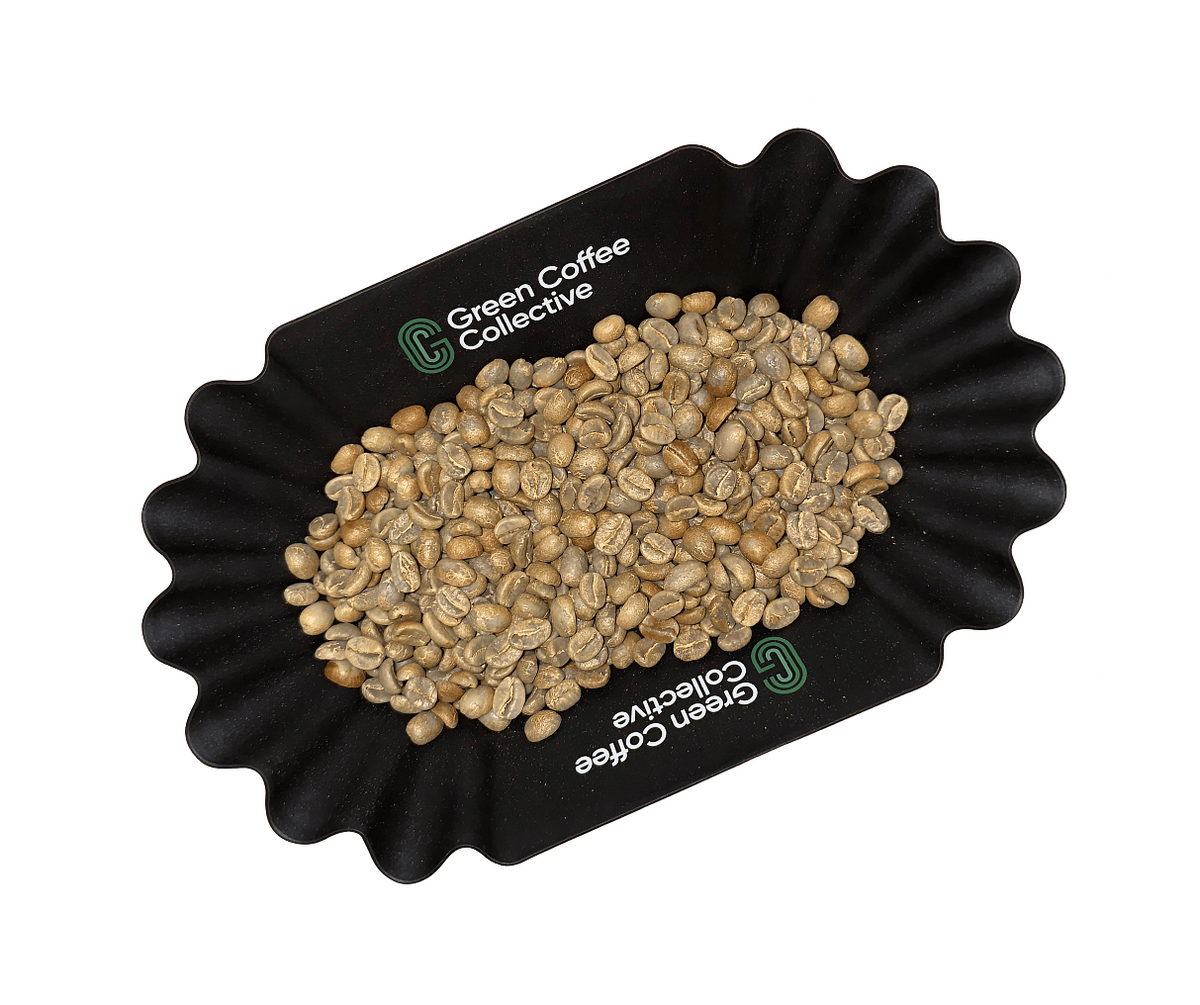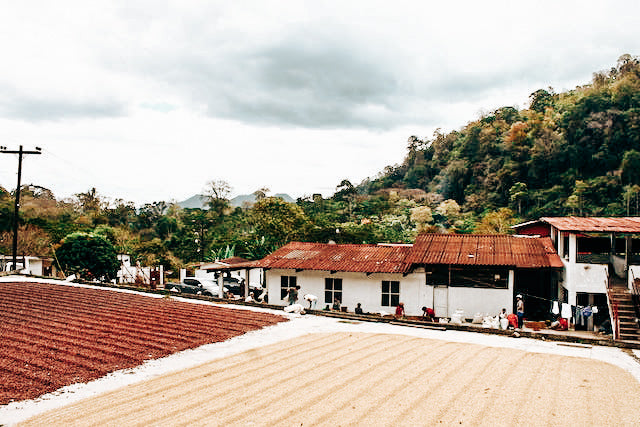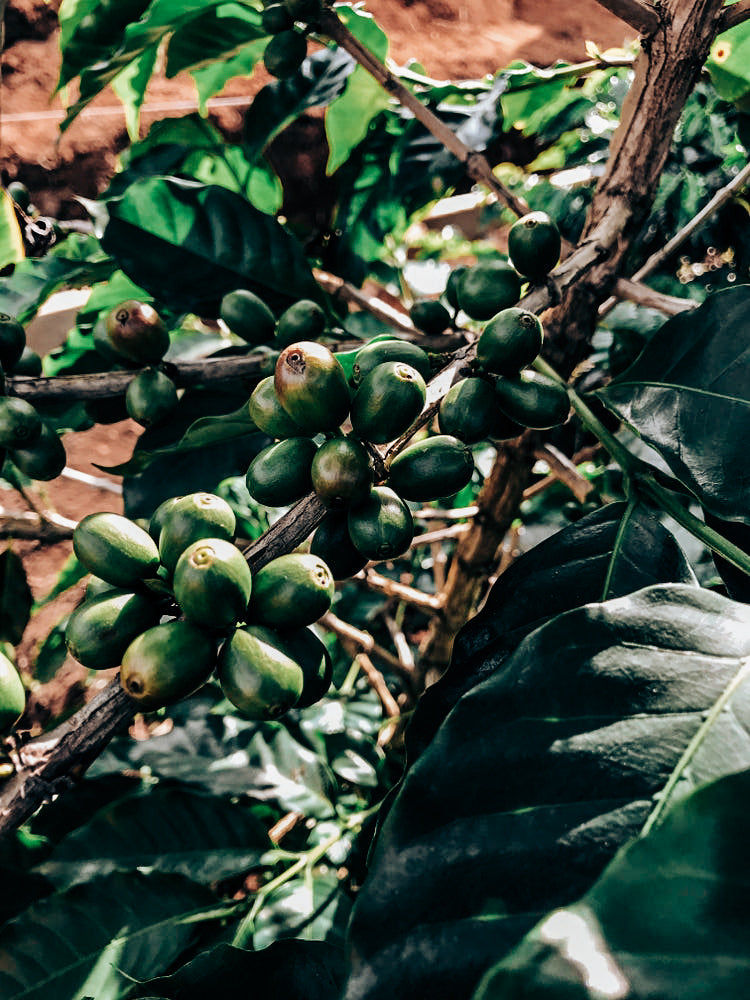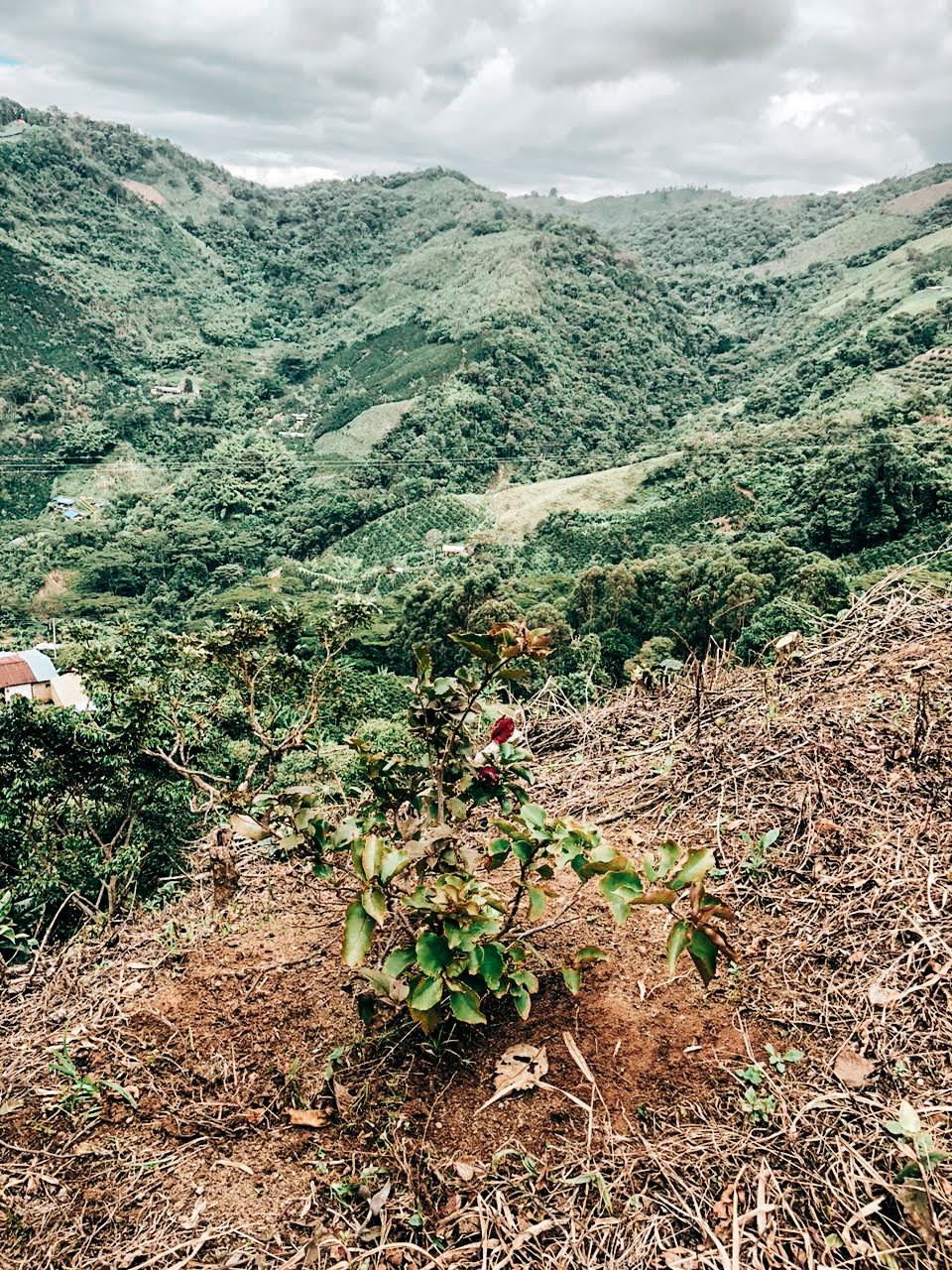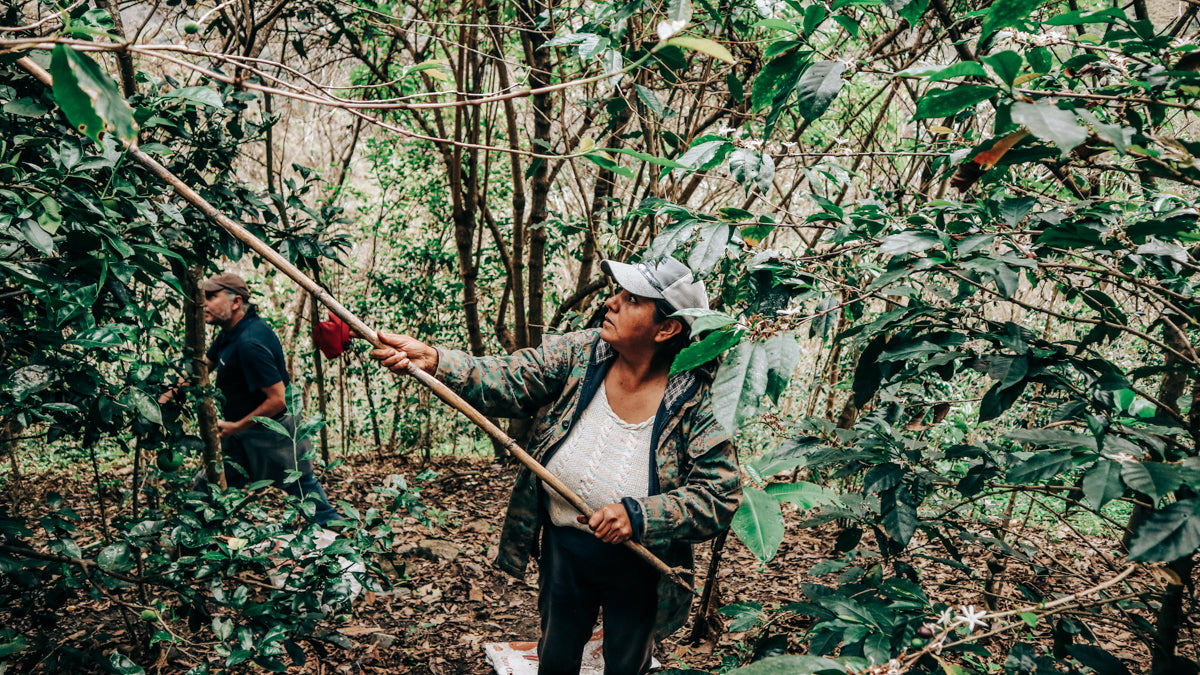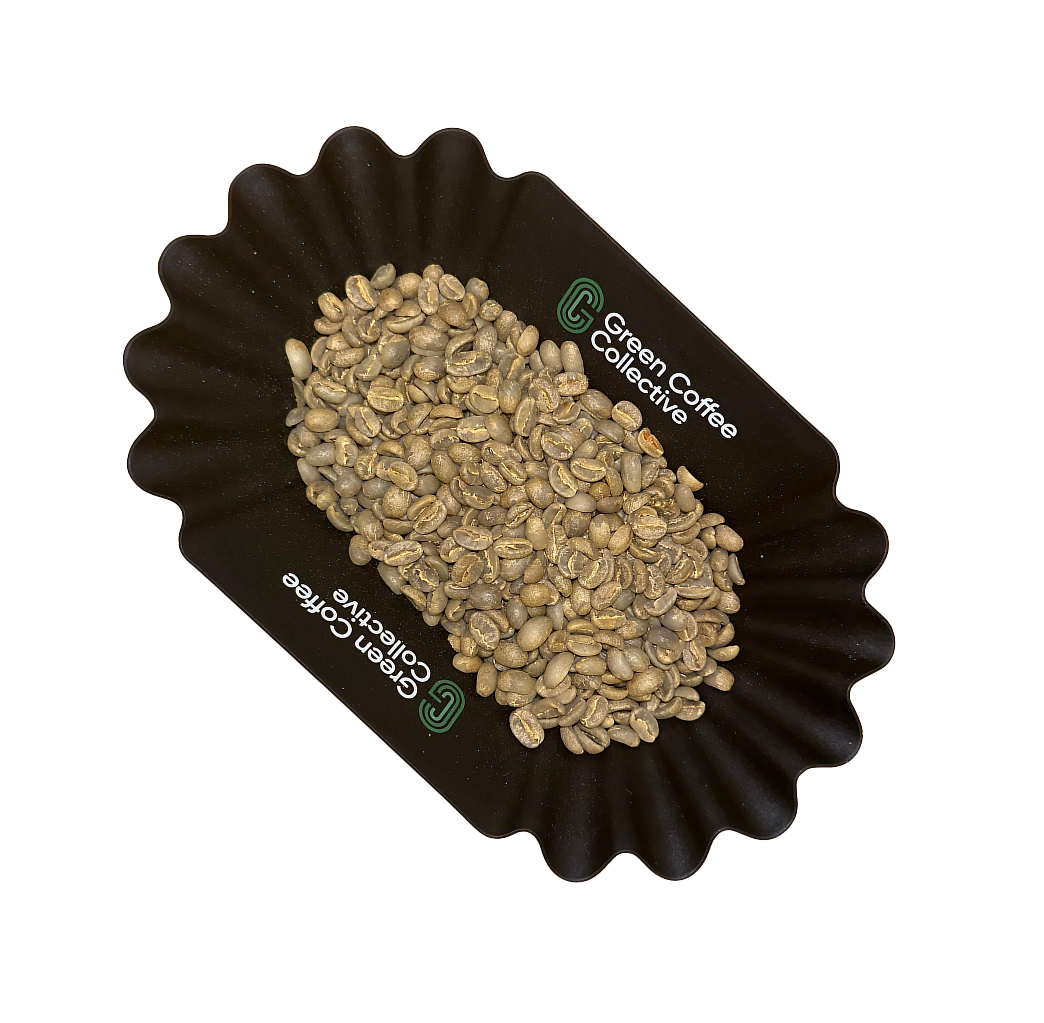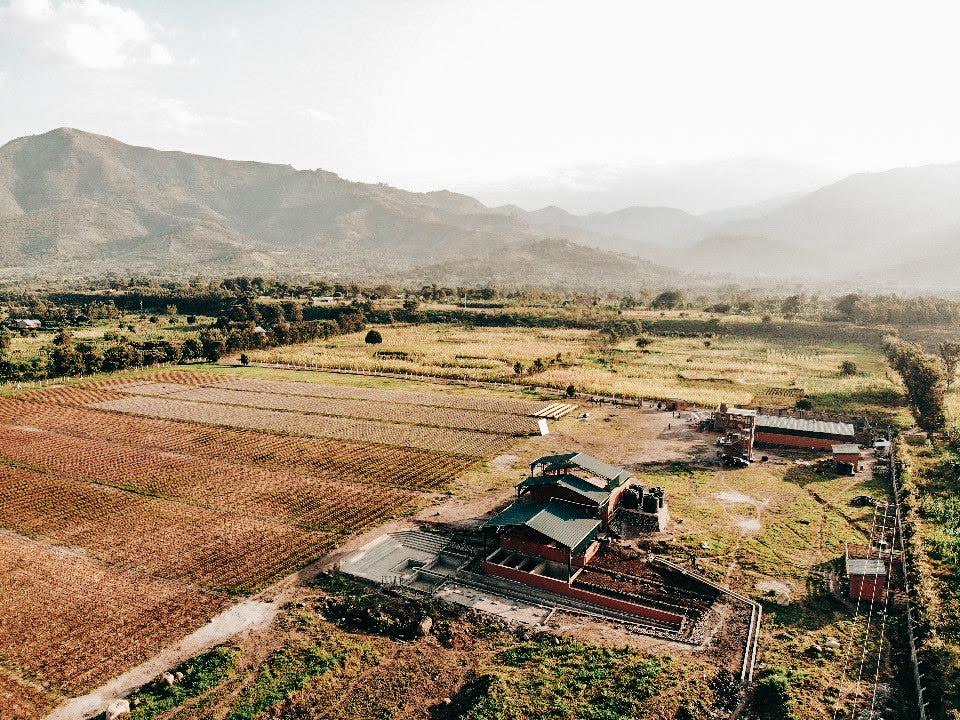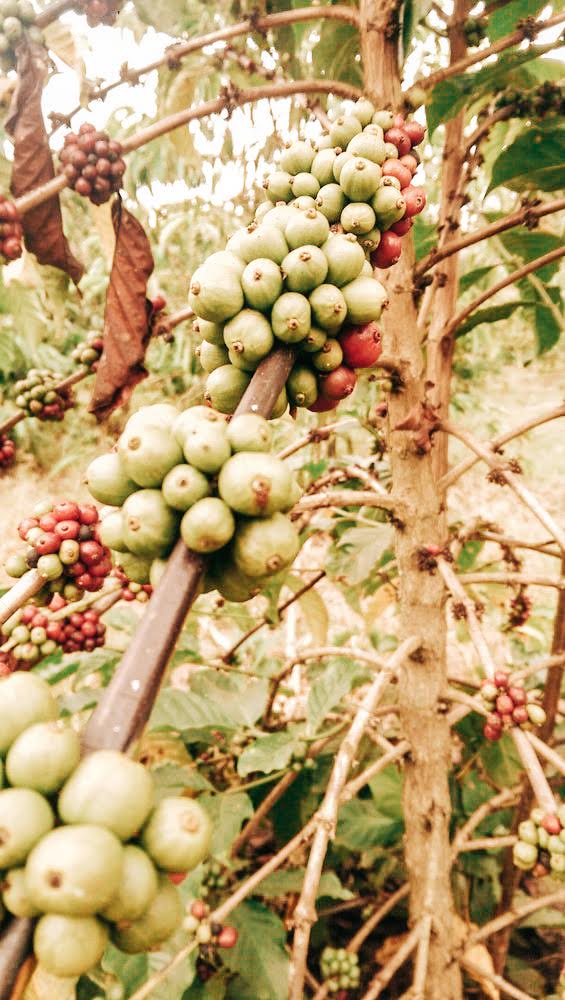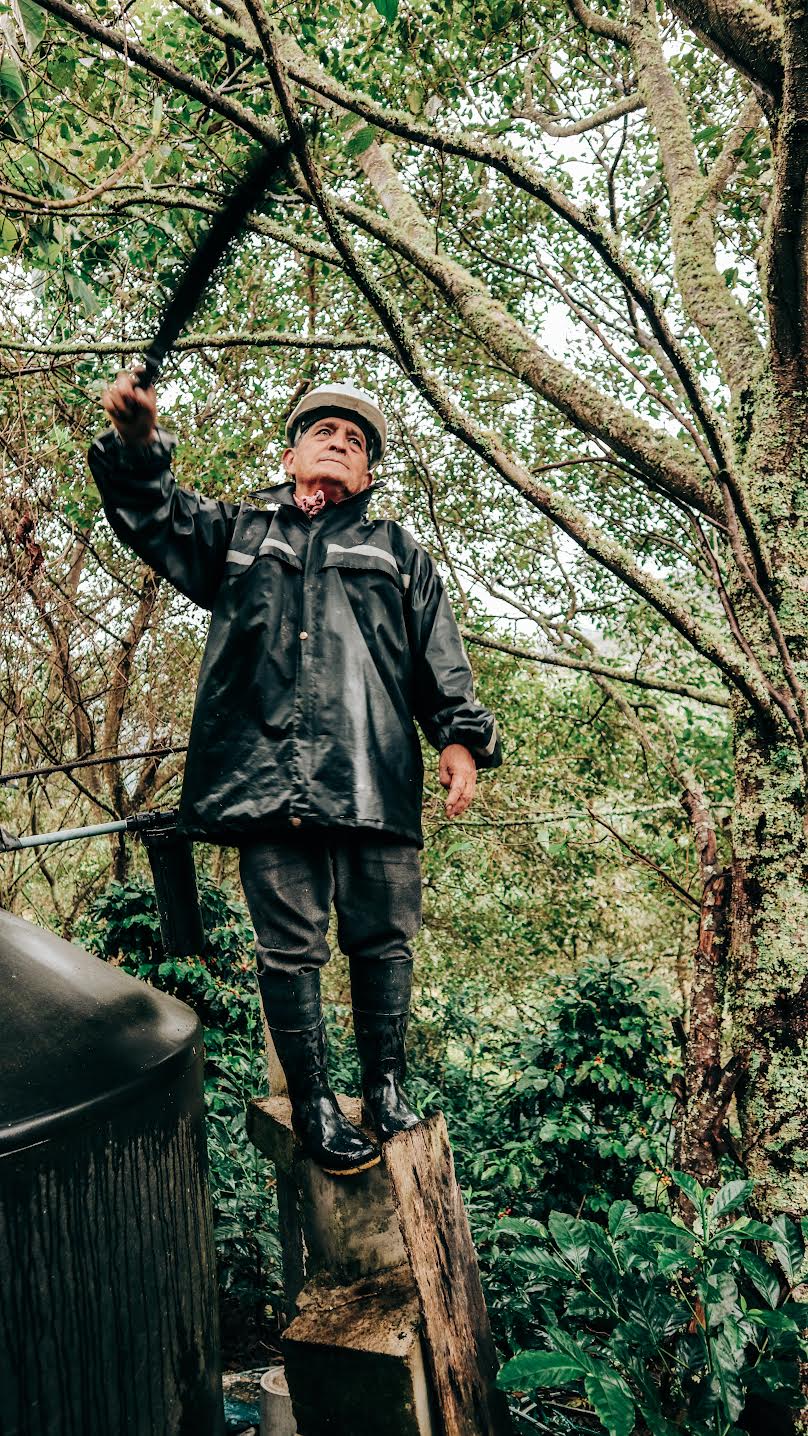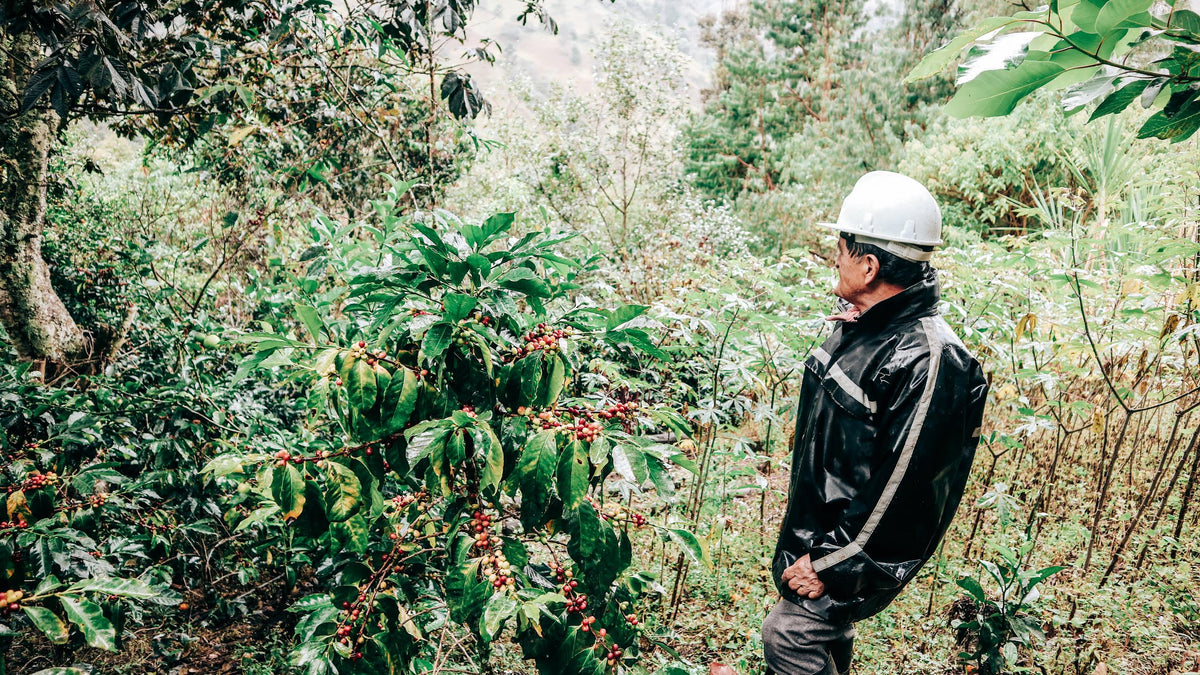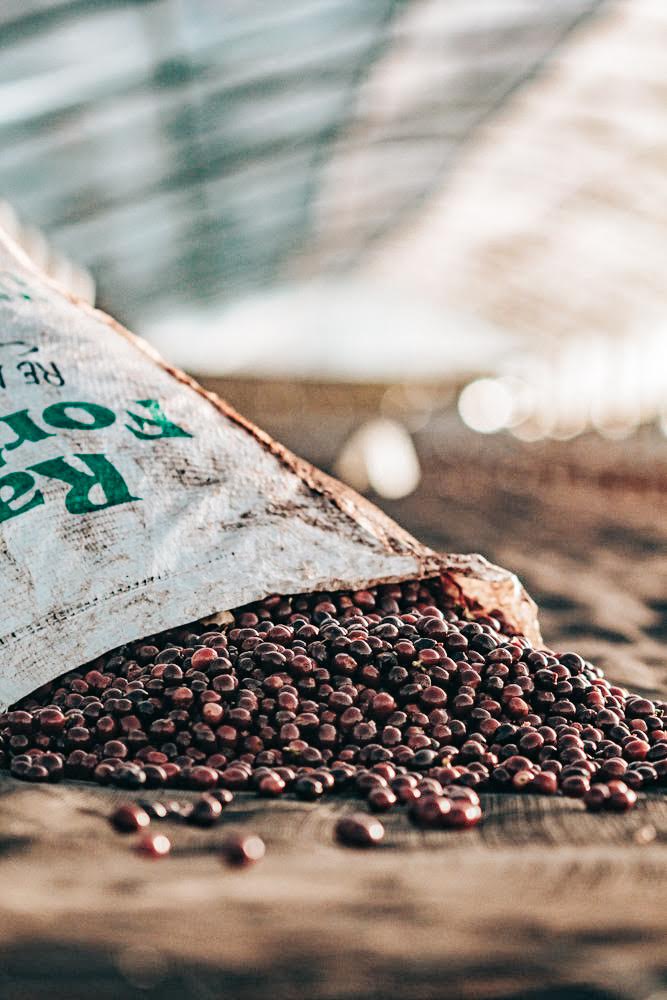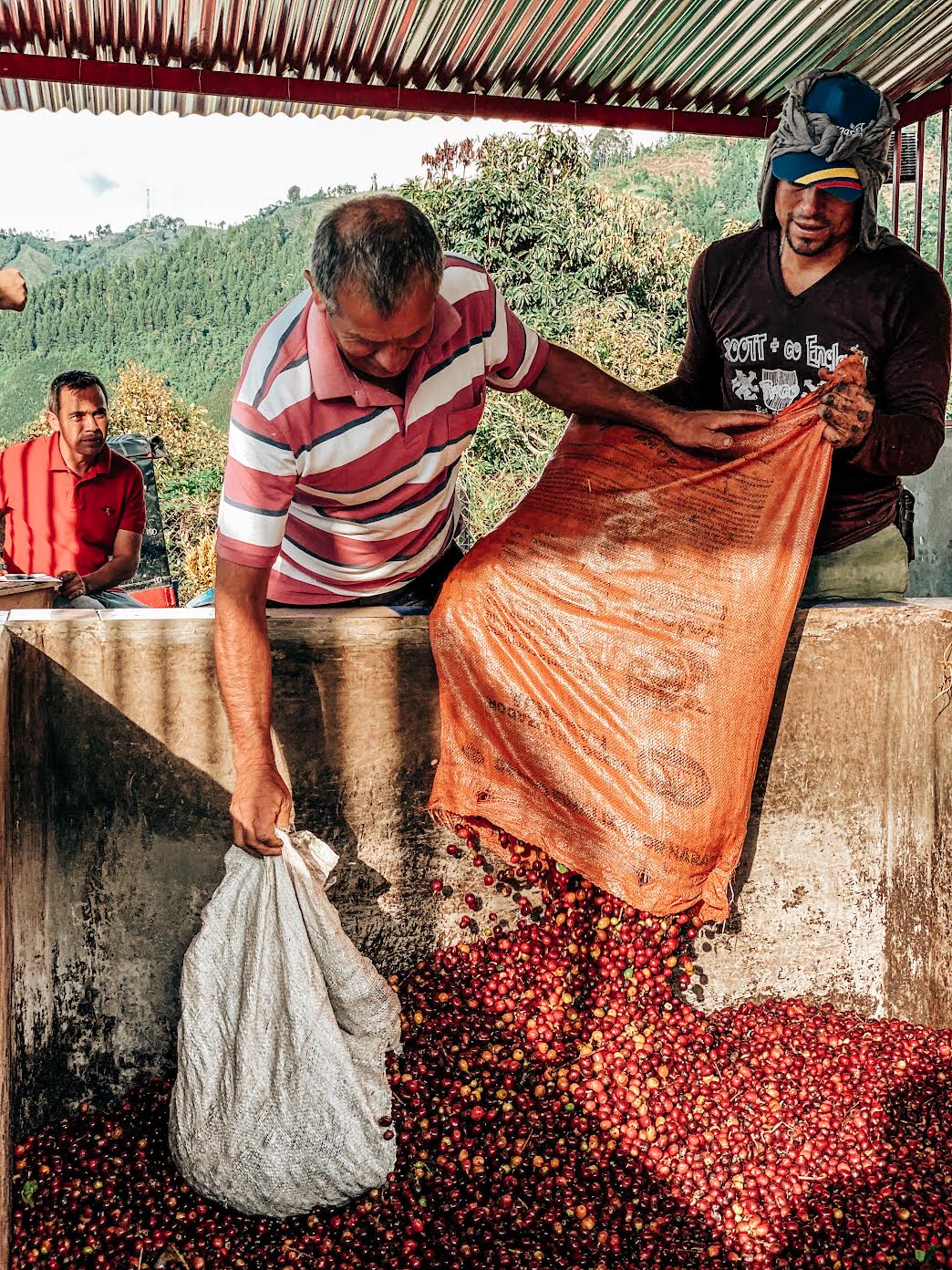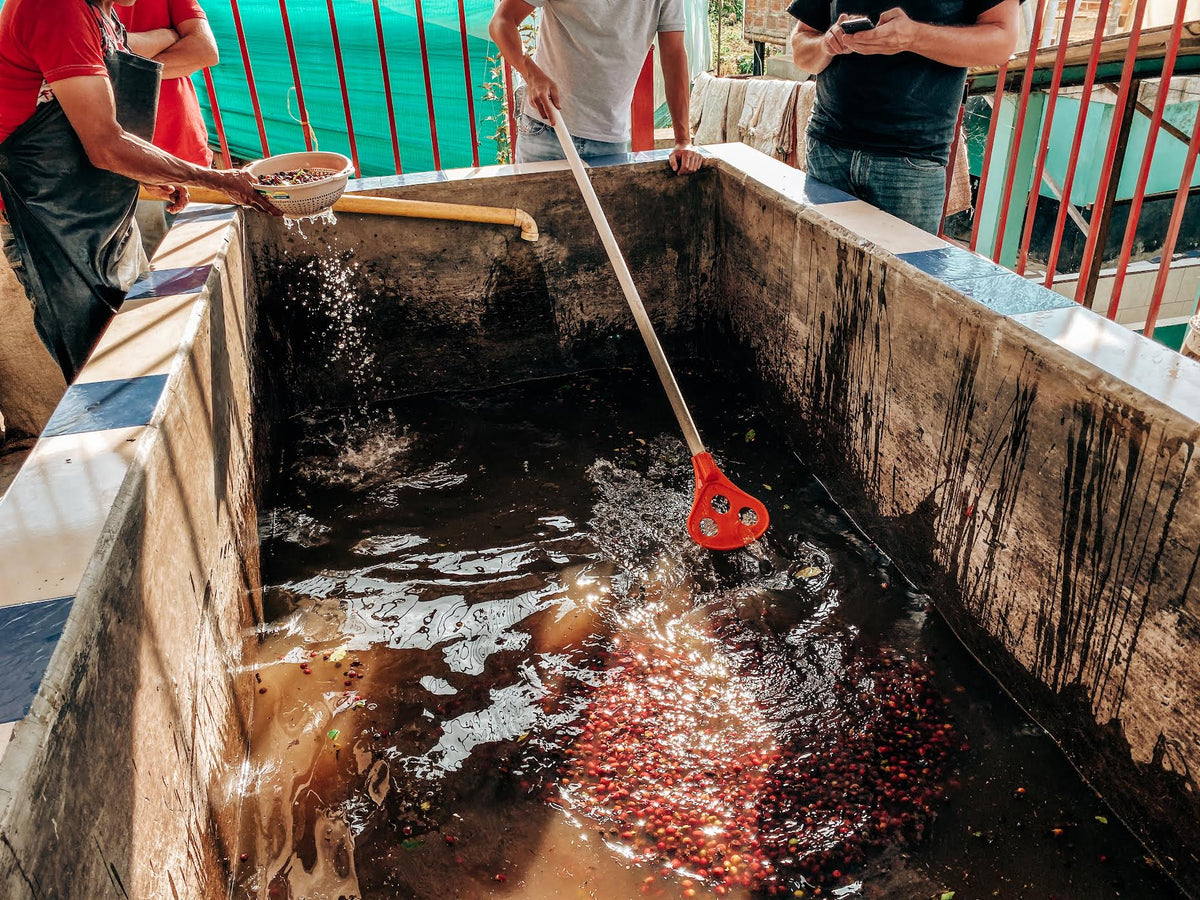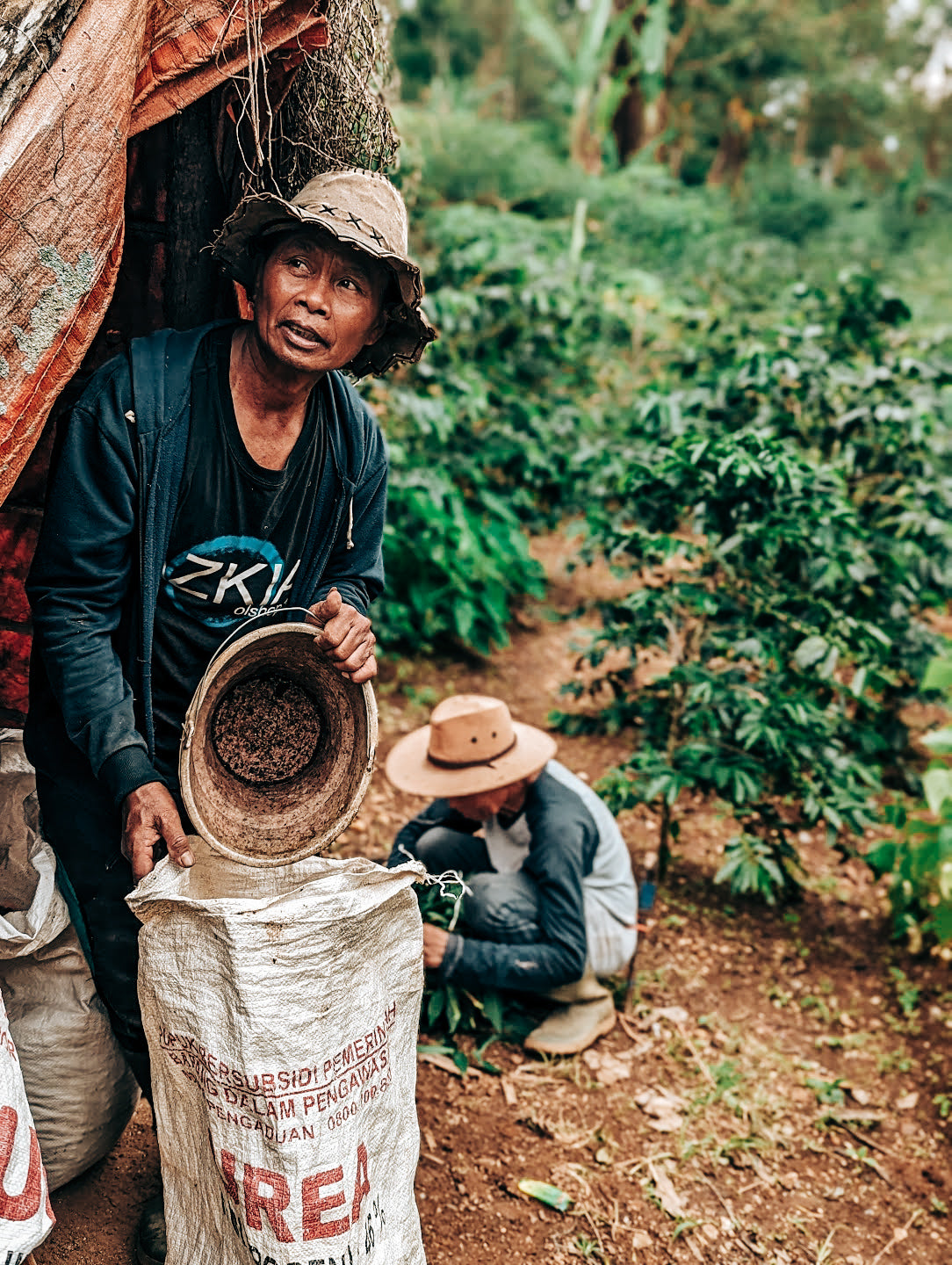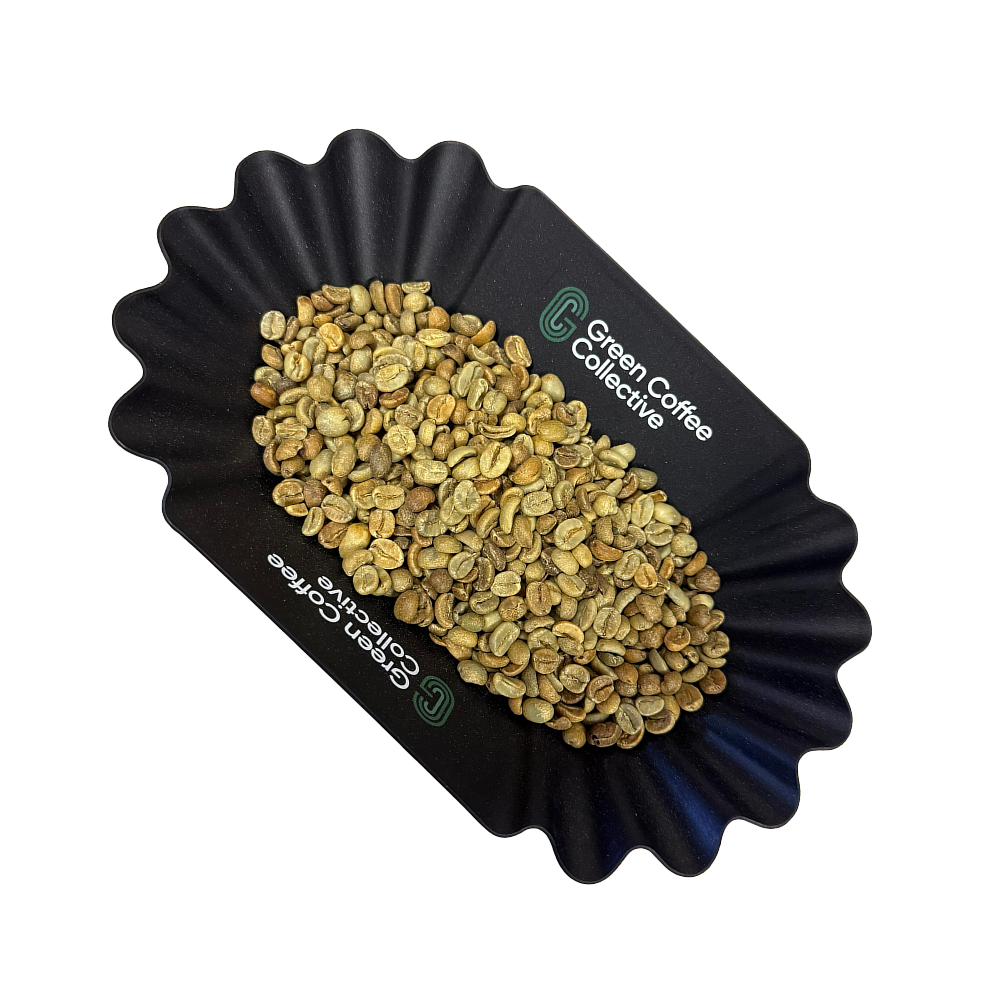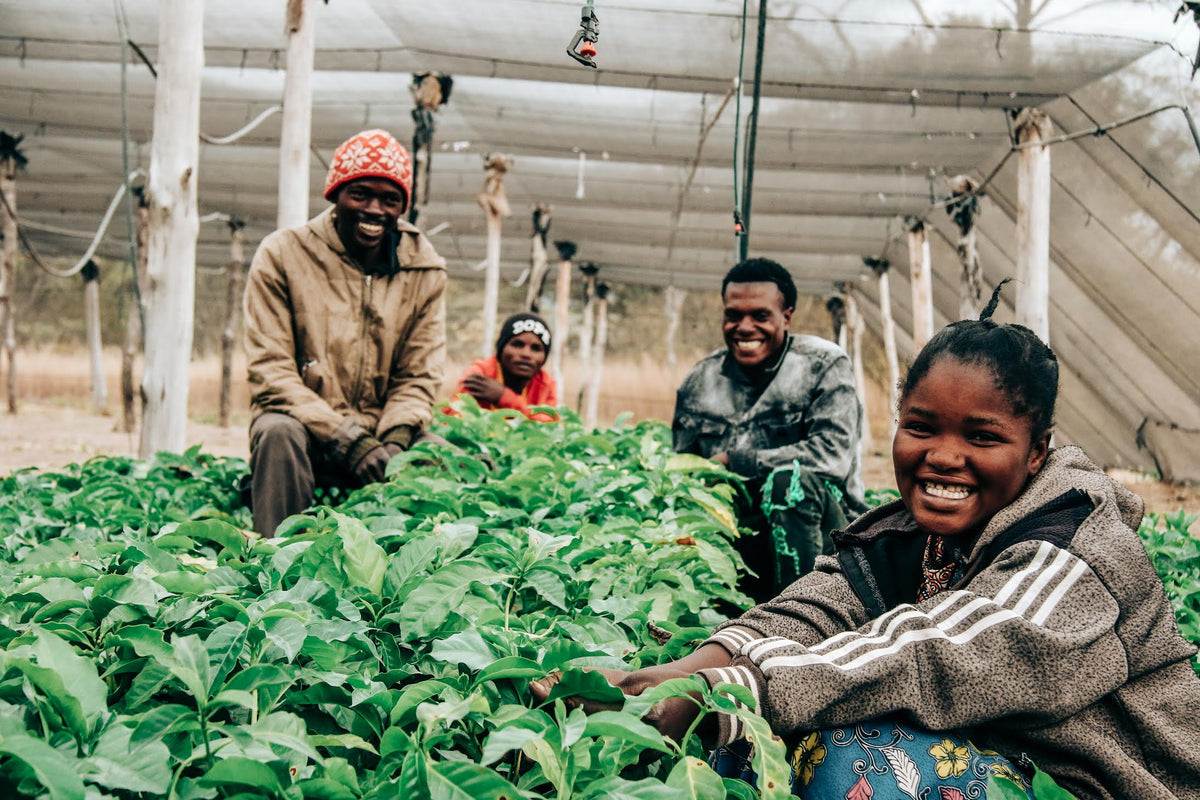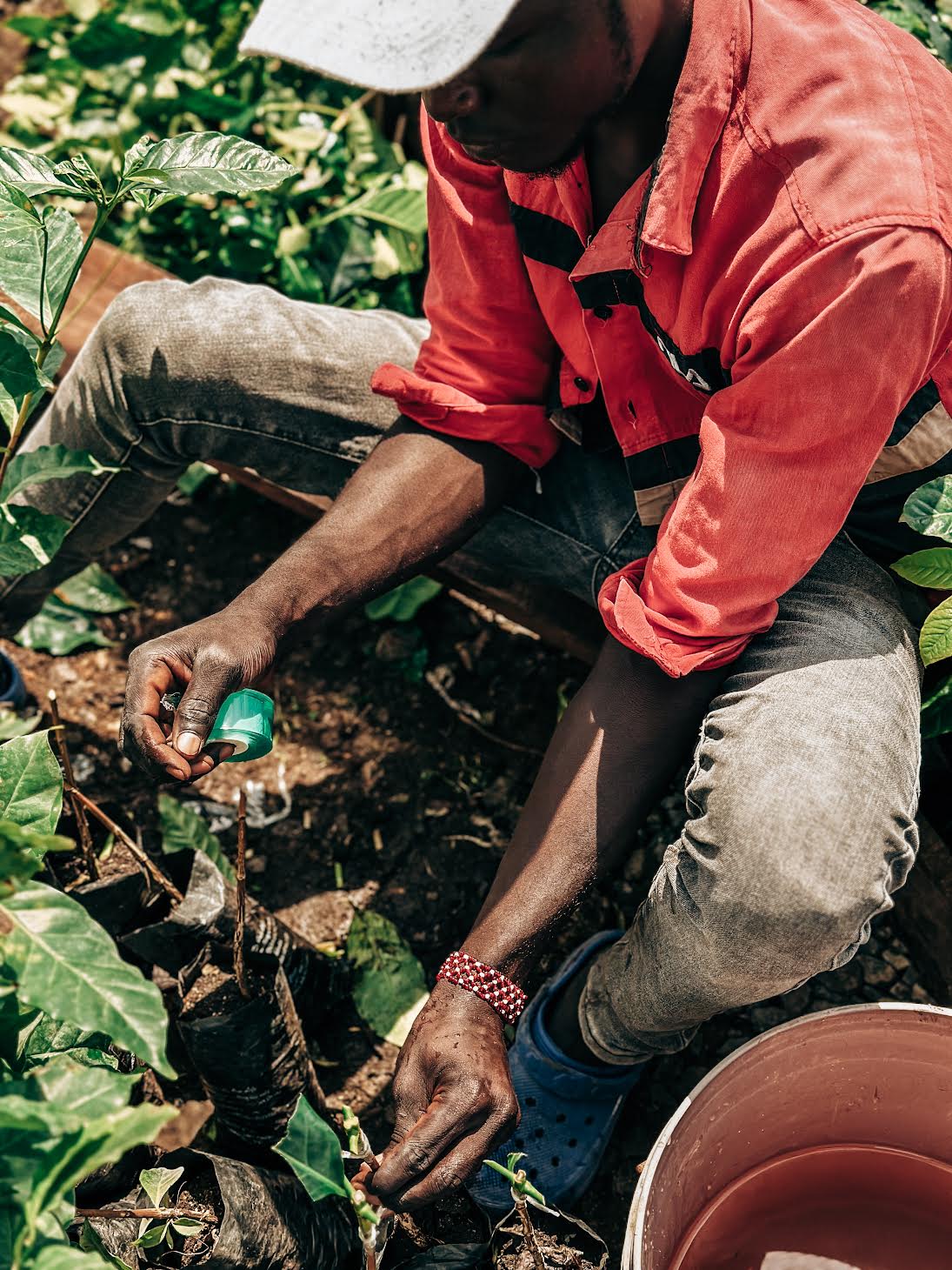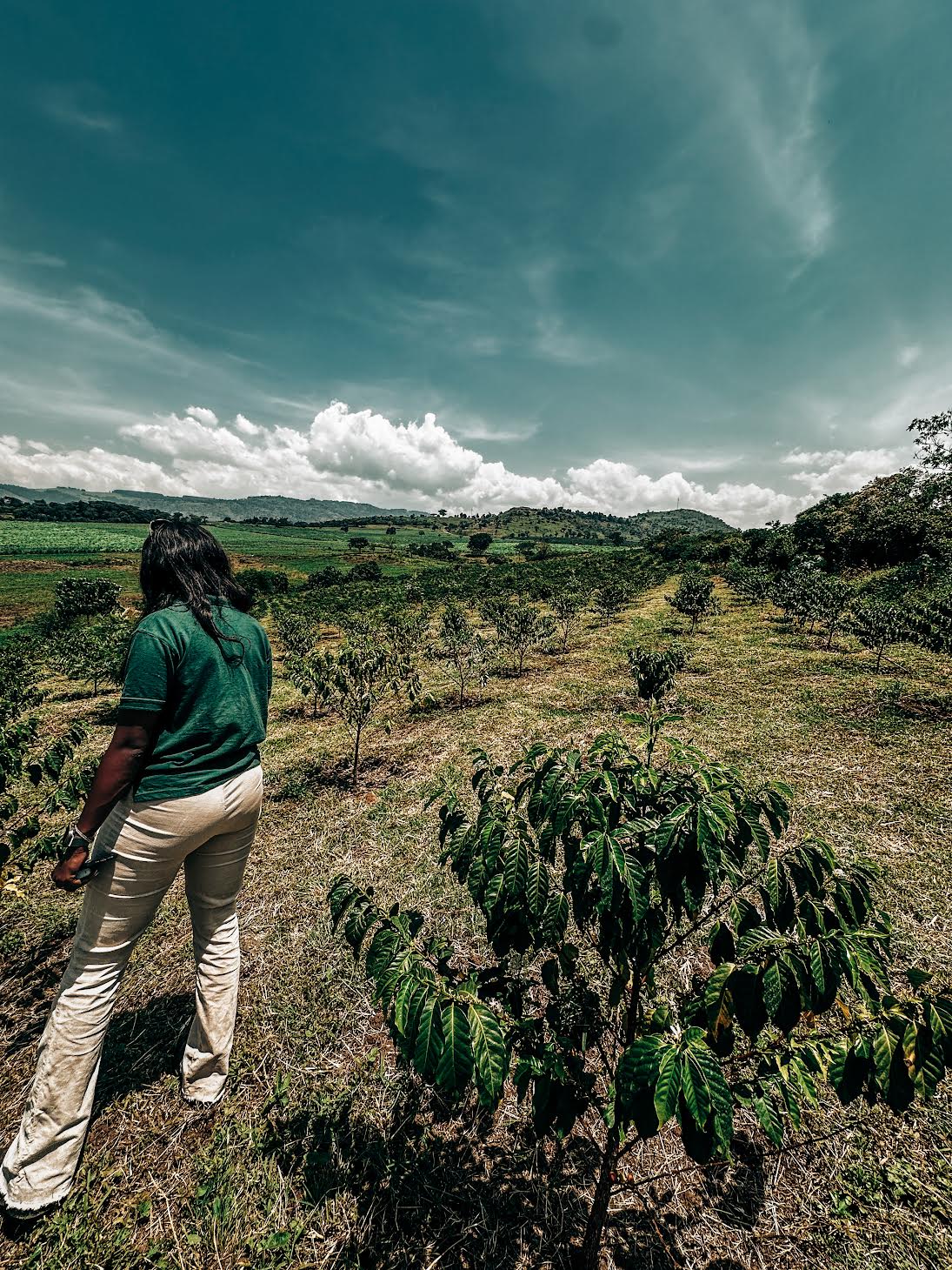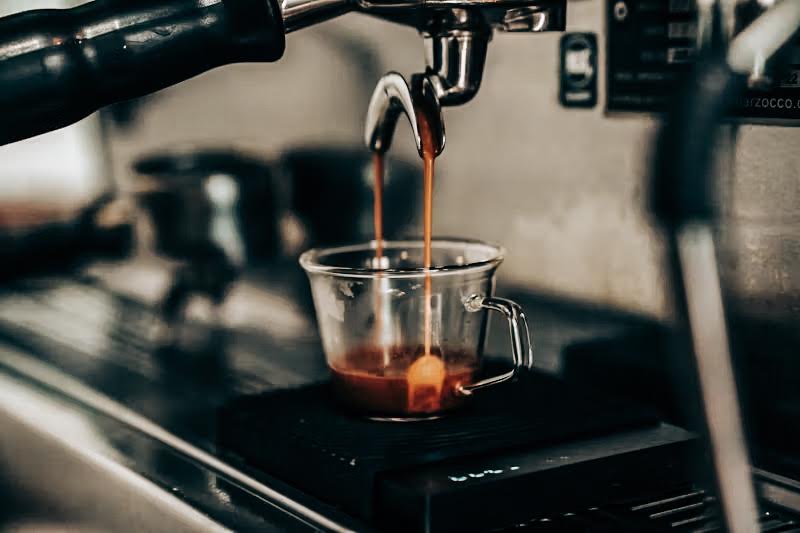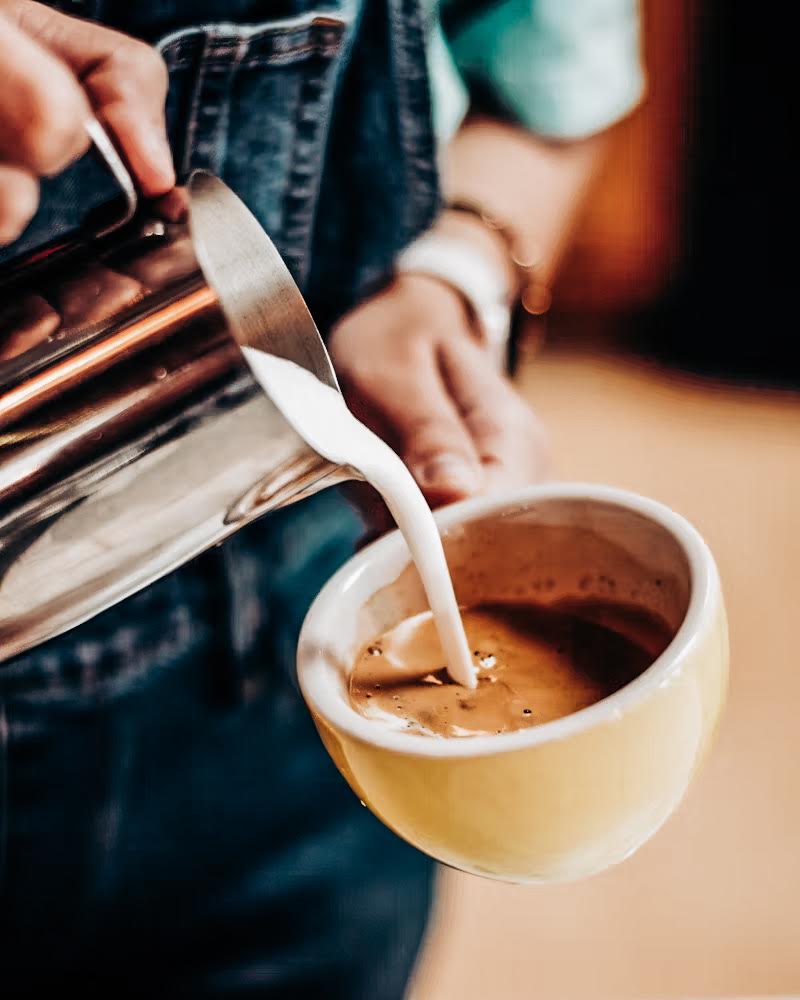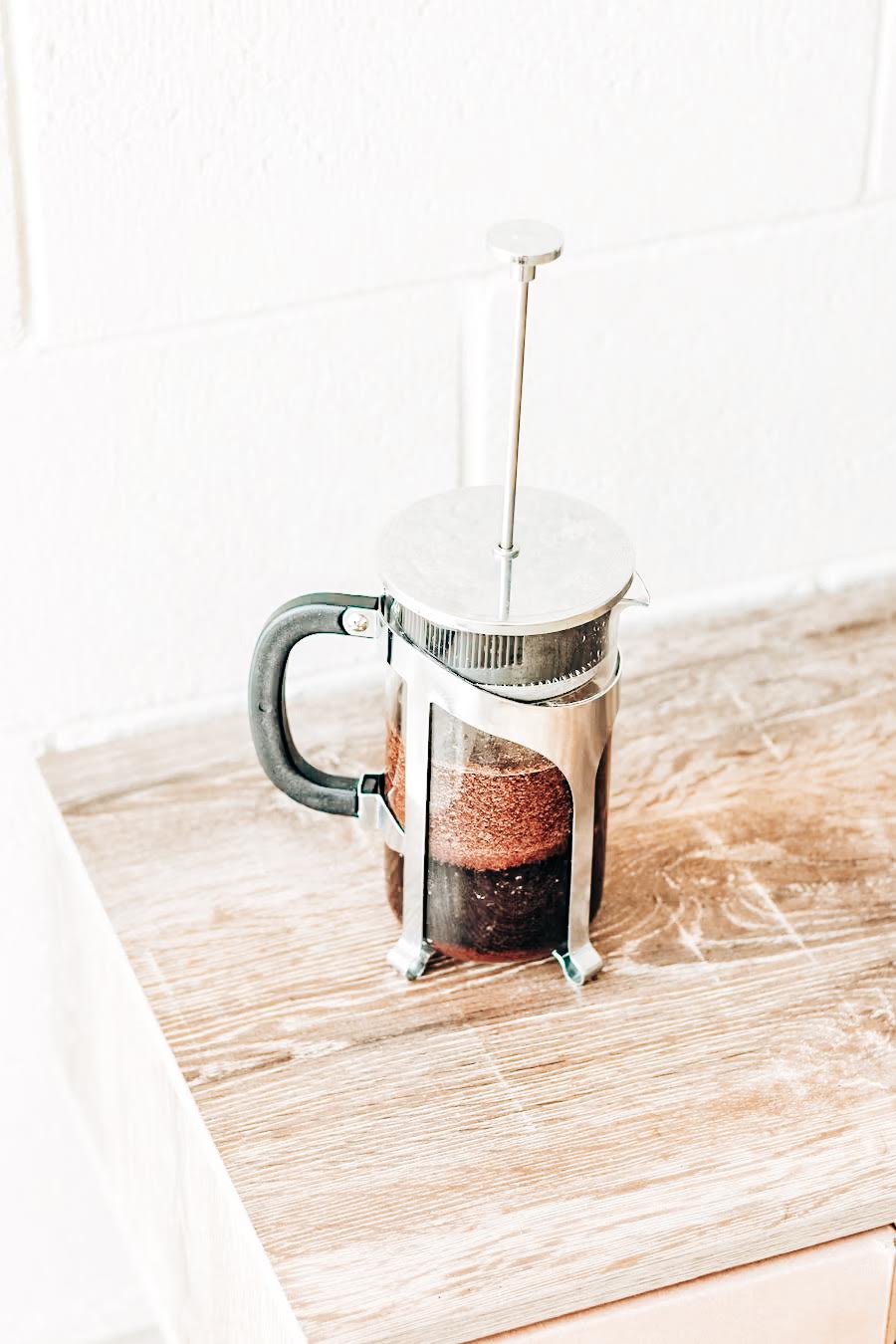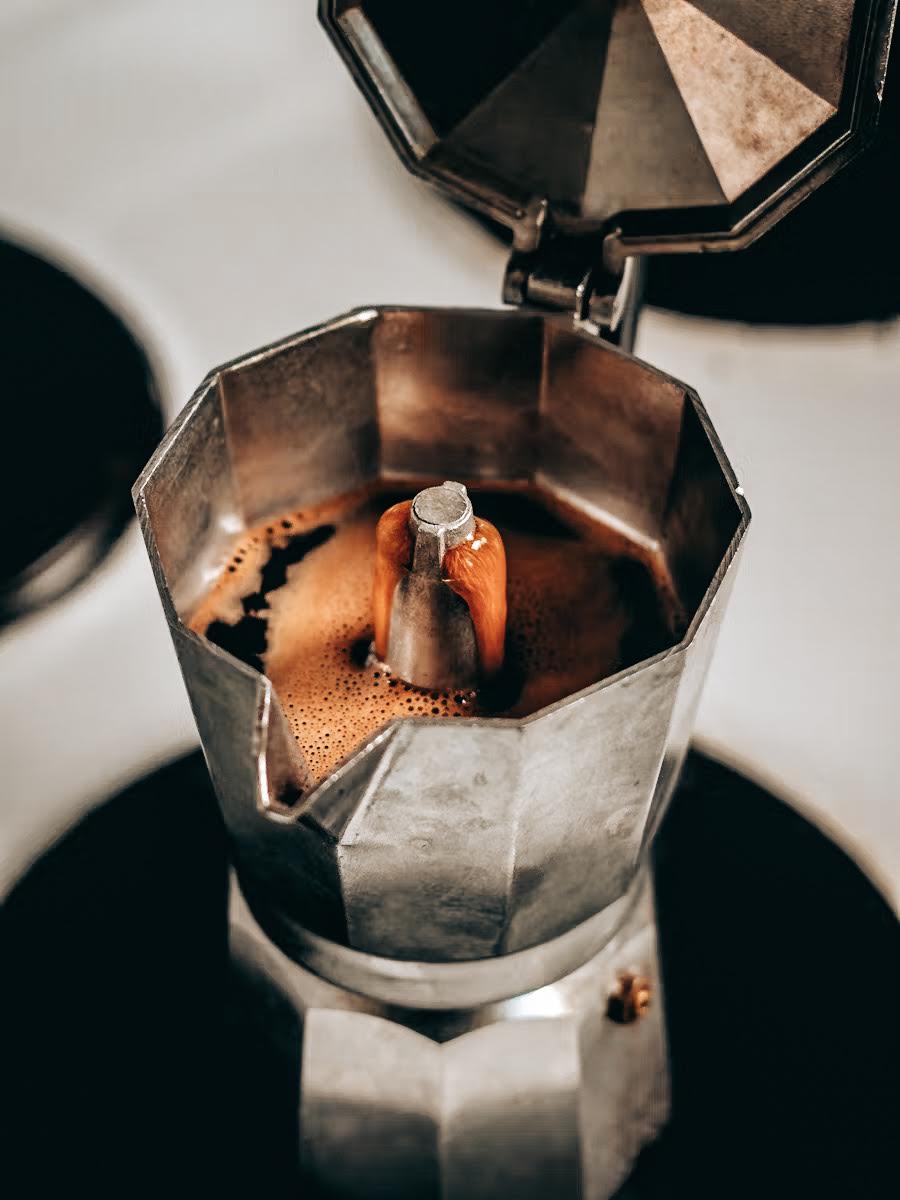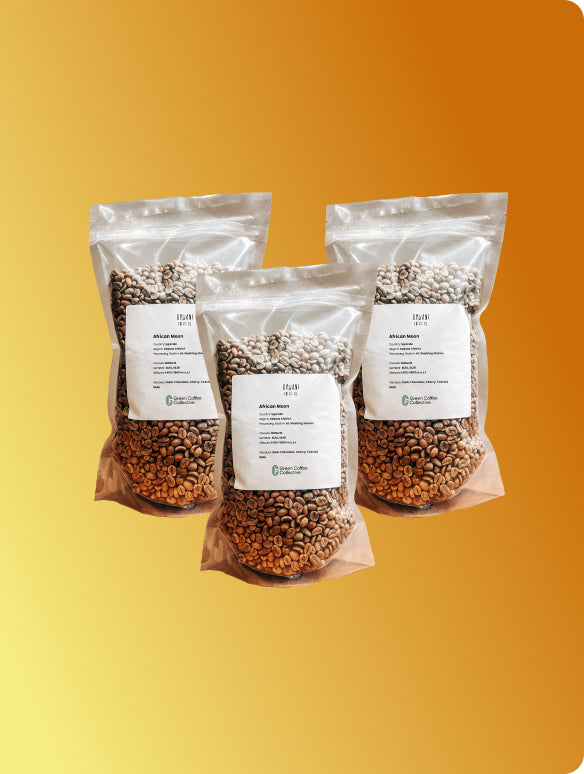
Green Coffee Beans for All-Round Espresso Brewing
Whether you’re pulling shots for a flat white or serving espresso on its own, these coffees are built for versatility. They’ve been selected for how well they perform across milk-based and black espresso drinks - offering sweetness, structure, and flavour that holds up in both. Expect classic Brazils and Colombians alongside naturals, honeys, experimental lots, and even the occasional specialty robusta. Balanced, expressive, and reliable in the cup.
-
Kwezi Natural - Drugar Premium
Cupping Score85.0Processing methodVarietalSL 14Main flavour notesFruity | Nutty | Honey | ChocolateOut of Stock -
Al Hayma & Anis Decaf
Cupping Score81.5Processing methodVarietalMultipleMain flavour notesGrape | Raspberry | LemonOut of Stock -
Hermanos Aguilera Yellow Honey San Roque
Cupping Score86.75Processing methodVarietalSan RoqueMain flavour notesJasmine | Brown Sugar | Dark ChocolateOut of Stock -
Washed Honduras SHG EP
Cupping Score82.75Processing methodVarietalMultipleMain flavour notesChocolate | Nougat | Brown Sugar | NutOut of Stock -
Timaná Community - Washed Castillo
Cupping Score84.0Processing methodVarietalCastilloMain flavour notesLight Caramel, Toffee, Orange, WalnutOut of Stock -
Gladys Erazo - Red Bourbon
Cupping Score87.0Processing methodVarietalRed BourbonMain flavour notesDulce de leche | Floral | PistachioOut of Stock -
Uganda Bugisu AA Fully Washed RA
Cupping Score84.5Processing methodVarietalBourbon , SL 28Main flavour notesLemon | Black Tea | Brown Sugar | SweetOut of Stock -
MK03 Fulvio Salinas Field Blend Washed
Cupping Score86.0Processing methodVarietalTypica , San SalvadorMain flavour notesPanela | Milk Chocolate | Spiced | Slight FloralLow Stock -
Brazil Natural Scr. 16/18 Fine Cup
Cupping Score80.25Processing methodVarietalBourbon , Catimor , Catuai , Caturra , Mundo NovoMain flavour notesNut | Earthy | CedarOut of Stock -
Nimbus Pink Bourbon Decaf
Cupping Score86.0Processing methodVarietalPink BourbonMain flavour notesPapaya | Blueberry Compote | SherryOut of Stock -
Natural Cipaganti West Java
Cupping Score81.25Processing methodVarietalTypica , Line SMain flavour notesMilk Chocolate | GrapefruitOut of Stock -
Starmaya PB (Fully Washed)
Cupping Score83.75Processing methodVarietalStarmayaMain flavour notesDark Chocolate | Dark Berries | BramblesIn Stock+25kg left -
Priory Farm AB
Cupping Score86.0Processing methodVarietalRuiru 11 , BatianMain flavour notesDry Fruit | Citrus | MolassesOut of Stock
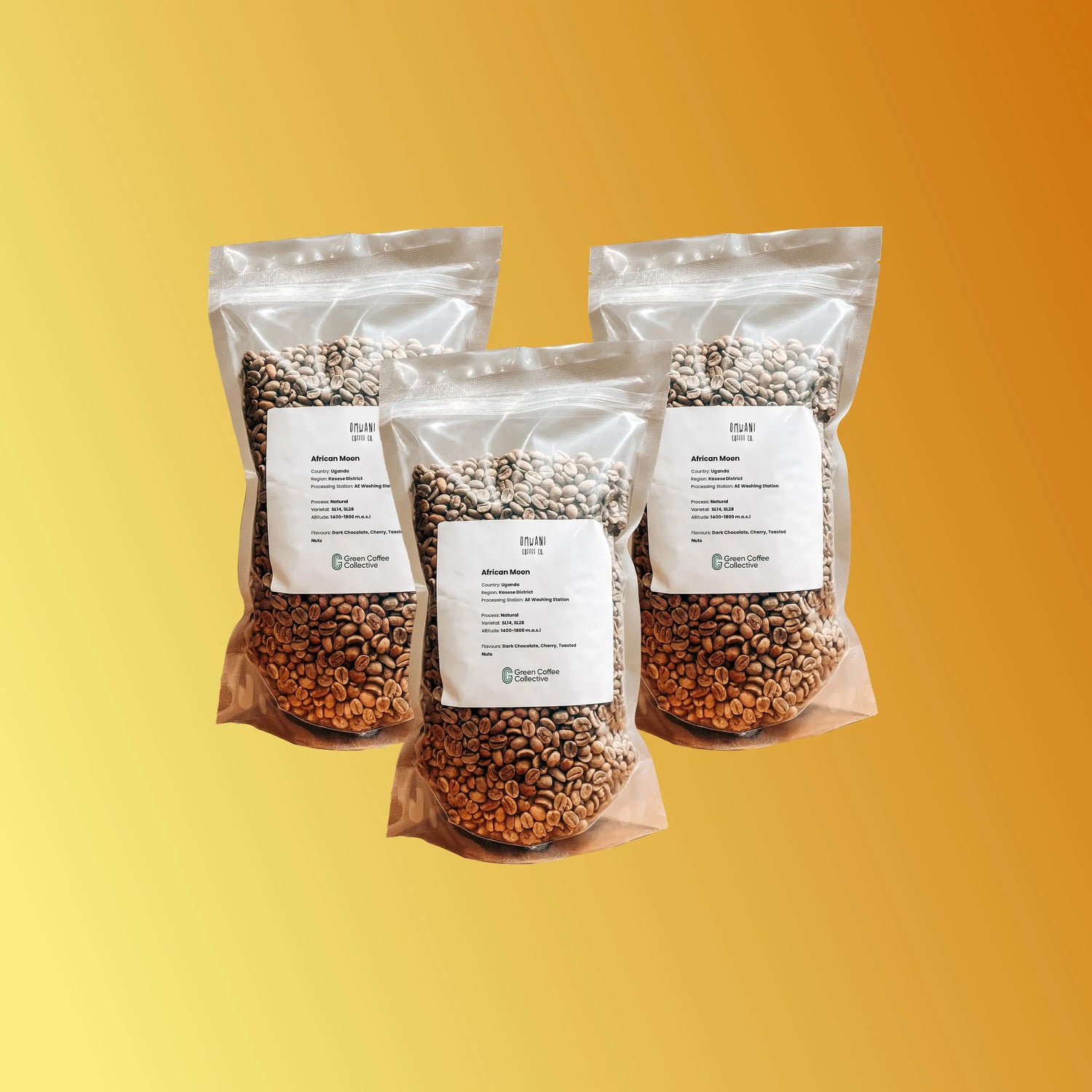
Your guide to Green Coffee Beans for All-Round Espresso Brewing
-
What makes a coffee suitable for both black and milk espresso?
-
Do I need a specific roast profile for this style of espresso?
-
Can I still use more adventurous coffees in all-round espresso?
-
Perfect Green Coffee Beans for Espresso Brewing
-
Understanding Espresso Brewing & Bean Suitability
-
What to Look for in Green Coffee Beans for Espresso Brewing
-
Key Characteristics of Ideal Beans for Espresso Brewing
-
Conclusion
